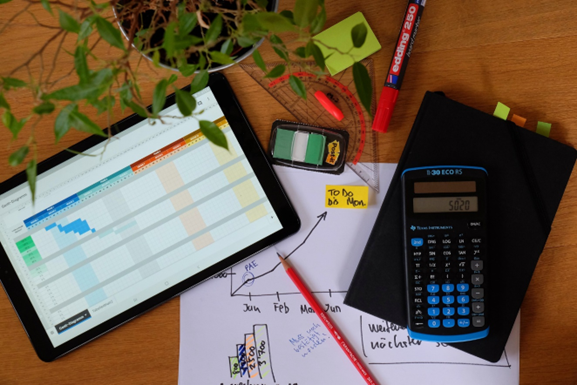As a consultant, your job when a client engages you is to help initiate and execute a project. There is a lot written on how to execute a project, and I am myself working on an online course on initiating and implementing a digital transformation project for small to midsized companies.
This blog post is concerned with how to actually initiate a project, the first phase if you will.
The case
Before you even get to engaging a consultant, you need to have a case in mind. Why is the project necessary? How will it affect financials, strategy and other key factors?
In a small to midsized company, the person who is taking the decision on going ahead with something is usually the main manager and owner. Though it makes decision making faster and easier, the necessity to go through the project initiation part is still important. You do not need to be overly formal, but make sure you have a solid business case (e.g. “buying this CRM-system is necessary so that we do not forget/miss important client data”) and that you have done a calculation on cost vs. possible revenue from the project.
A current situation analysis
If you feel like getting a bit ambitious with your business case, you can conduct a current situation analysis. This is a tool you or a consultant will probably conduct anyways when kicking off a project, to get a good grasp of your business’ current situation from different parameters. Such an analysis is based on studying people, data and benchmarking and most often uses a SWOT (Strengths Weakness, Opportunities, Threats) analysis for its execution.
Feasibility of a project
Alright, in the case you feel the business case (and possibly the current situation analysis) is good enough (you have an apparent need, and have gone through costs and future revenue) you need to check if the project can actually be executed, that is, if it feasible. This is where you might want to engage a consultant, to execute the feasibility study, i.e. to analyze if the project has the potential to be successful or not. The main goal of a feasibility project is to assess how likely it is that the project’s goals will be reached. The result of a feasibility study could thus be that you decide not to move ahead with the project! Let’s not be gloomy though, and move on to going through the steps in a feasibility study:
- Analyze if the project is technically feasible
- Find out if the project is legal to execute – are there las and regulations that stand in the way of your project?
- Is the project operationally feasible? Do a market research, the basics such as looking at the clients of the client, competitors, market size and so forth
- Is the project feasible from a time perspective, that is – ill you be able to execute it in a reasonable amount of time?
- Is the project economically feasible? Look at the cost and revenue side of the project, will it save or generate money down the line?
Need help with initiating and executing a project? Or just want more tools and help to get started by yourself? Get in touch.

Comments are closed